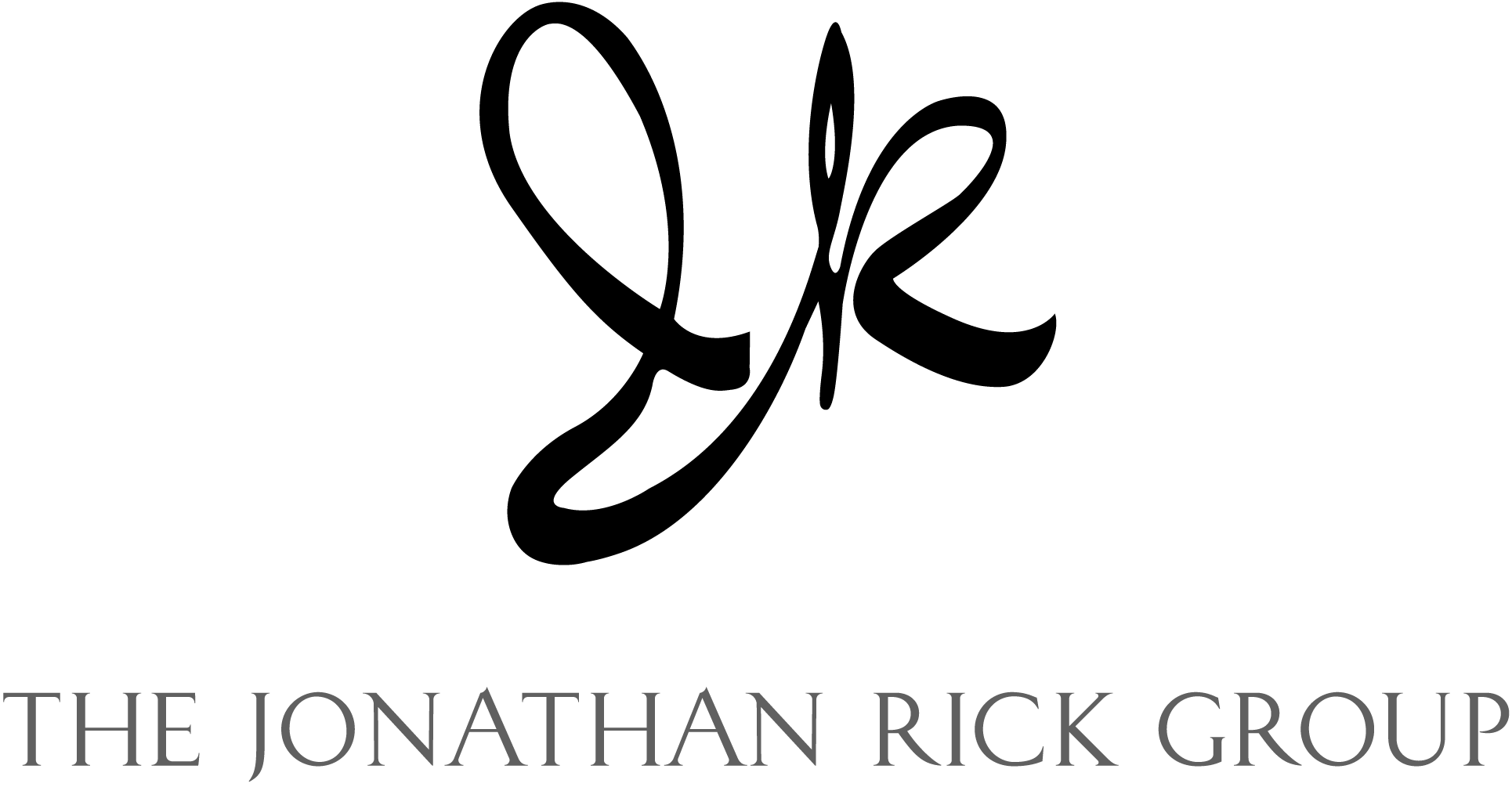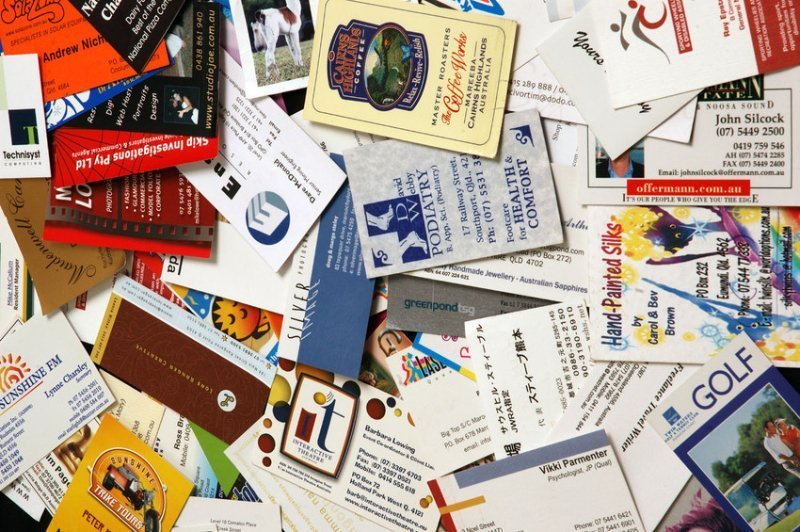After a conference or happy hour, many people find their pockets stuffed with business cards. If it was a productive event, the next morning you may be unable to pair each card with a face.
For the faces you remember, it’s customary to send off a nice-to-meet-you-hope-to-see-you-again e-mail. Often, the reply is just as trite.
This is the 1.0 way to follow-up: toilsome and monotonous. First, you need to remember what you discussed, then you need to craft a non-cliched missive. Then, when the need arises for a real follow-up, you run into e-mail’s static limitations.
Consider this all-too-common scenario. After swapping e-pleasantries, a few weeks pass, then months. Suddenly it’s a year later and you’re trying to get a meeting with the head of advertising at the Chamber of Commerce. Wait—doesn’t that woman you met at the reception on K Street work there?
You race through your inbox, your deleted items folder, your auto-archive files. If you’re lucky, you find the messages. Then you dig through your business card stack, Rolodex, and address book, hoping to piece together a connection you made—a mutual friend, a place, hobby, anything. Finally, you Google her. Among the top search results: links to her social networking (socnet) profiles.
If you’re lucky, this research jogs your memory; you both grew up in San Diego! And yet, there’s no avoiding that your entire relationship consists of 15 minutes in person and two nondescriptive e-mails, both of which took place last winter.
By contrast, what if you had initially followed-up via a socnet? What if you had friended Jane on Twitter, Facebook, or LinkedIn?
Not only would this have obviated a greeting—you simply click the “Follow” or “Add As Friend” button—it also would have allowed you to stay in touch and get to know one another. Indeed, since most people use an avatar, each time her name crossed your news feed, you would have seen her headshot.
Now, one year later, when you want to reach Jane, you’re not forced to say, “Remember me?” Instead, you know her a little, and probably discovered that you have several things in common.
This is the 2.0 way to follow-up: effortless, entertaining, and dynamic.
Try it the next time you find yourself beginning an e-mail with the line, “Nice to meet you…”
A version of this blog post appeared in PRWeek on December 17, 2010.




